Tucked inside the Burlingame Caltrain station, the Burlingame Hillsborough History Museum might be small, but it holds a wealth of historical artifacts that give residents a look into Burlingame and Hillsborough’s past.
First opened in 2008, the museum came to life thanks to Russ Cohen, former president of the Burlingame Historical Society and current vice president of the museum. Cohen, a daily Caltrain commuter, noticed that the station’s interior would be closed due to Caltrain’s transition to electronic ticket machines.
“I rode Caltrain every day to work, and I noticed the sign on the building stating that fact,” Cohen said. “So I reached out to the folks at Caltrain and we negotiated for a while…and we did come to a mutually satisfactory agreement that was [to turn it into a museum]. Over the course from 2008 to today, we’ve changed the exhibits a number of times.”
The idea of converting the station’s waiting room into a museum was a natural fit for the historical society, which had been searching for a permanent space to showcase its collection for years.
“The society, for decades, has wanted to have a way to show off our artifacts and our collection, which is very large for such a little organization,” current president of the Burlingame Historical Society and Archives Jennifer Pfaff said. “It all kind of wasn’t easy, but it felt together as a natural voice that the station would be great if Caltrain were amenable to it.”
When members of the historical society realized the town’s history wasn’t being preserved, they decided to take it into their own hands. Before the station’s waiting room was converted into the museum, the artifacts were collected and stored in homes around the city.
“The Burlingame Historical Society began in 1975 by a group of women who recognized that Burlingame and Hillsborough’s history was not being saved.” Cohen said. “The Old City Hall was torn down, the Fox Theater was torn down on Burlingame Avenue. Things like that really spurred these ladies to start collecting memorabilia that was important to Burlingame and Hillsborough.”
In 1985, the artifacts moved to the carriage house of the former Gunst mansion in Washington Park. The carriage house had multiple garages that the women used to store over 125,000 historical items. These items ranged from photos to artifacts, manuscripts, and more.
“You can’t have culture and history if you don’t have artifacts. And somebody saved the history to know what it is,” museum docent Joanne Garrison said. “So I think [preserving artifacts is] integral to saving culture and history.”
Due to the COVID-19 lockdown, the museum was closed for almost three years. However, the historical society took advantage of their closure to update and install new exhibits, featuring some new attractions focused more specifically on the history of Burlingame and Hillsborough.
“We took down all the current exhibits, and we rebuilt an entirely new exhibit featuring never before seen photographs and artifacts,” Cohen said.
Today, the museum displays a plethora of artifacts, models, and exhibits. There are sections about transportation, crime in Burlingame, civil defense, entertainment, little snippets of “did you know?” facts, and more.
“There’s a couple of exhibits about growing up in Burlingame and what people did for fun in Burlingame in the past. One of the exhibits has a title called, “Don’t call it boring game,” because it highlights a lot of the really cool things that people used to do that were a lot of fun, and it wasn’t boring at all,” Cohen said. “Everything from bowling to hanging out at the malt shop to going into Pacific City. So it’s really interesting to see how Burlingame has evolved, not only architecturally but culturally.”
Cohen highlighted one of his favorite sections in the museum, what he called a “then and now wall,” a wall consisting of a collection of lenticular graphics showing parts of Burlingame from the past as well as what those places look like today.
“If you look at a picture on the wall and…you move your head back and forth, the picture changes from one picture to another,” Cohen said. “And what you’ll see is a series of photographs that show a building maybe back in the turn of the century. And then if you move your head, you’ll see what it looks like today, in the same exact position…the graphics change right in front of you, so that’s pretty cool.”
For Garrison, one of her favorite features of the museum is the trick bicycle display.
“Over in the entertainment section, it features a number of trick bikes. And the trick bikes, for example, the biggest one that’s on display, if you pedal it forward, it goes backward. They were used for softball games between the firefighters and the police department for charity games. So I think that’s kind of a fun thing,” Garrison said.
Community support is the lifeblood of the museum, whether it’s funding from donors or docents volunteering their time at the museum’s monthly openings.
“We’ve always been a volunteer association and rely heavily on the community for help and funding, and it’s kind of what has brought us here. The museum really offered a facet that was missing before, because the archives are not really generally accessible,” Pfaff said. “[The museum is] a very small space, [but] it’s nice that people are able to experience what we have in it.”
In addition to sharing preserved items significant to Burlingame and Hillsborough’s history, the museum also aims to teach locals about the history of the city and town.
“I think it’s a benefit for the public, so they can see what their history, both Burlingame and Hillsborough, they can see, really feel and get [an] idea in real time, what Burlingame is, where we’ve come from, [and] our story,” Pfaff said.
For Cohen, he highlighted the fact that learning about history, especially local history, can not only be educational but also entertaining — or as Cohen likes to call it, “edutainment”.
“History doesn’t have to be boring. History can be really interesting and really fun, and that’s especially true if it’s local history that you’re actually connected to,” Cohen said. “If you live or work or visit Burlingame or Hillsborough, the history becomes a lot more personal to you.”
Overall, locals — both new and long-time — will have an in-depth and immersive experience while visiting the museum.
“[Burlingame and Hillsborough have] a very rich history, and one that I think that [locals] can be proud of, to be a part of something that’s been one of the earliest cities on the Peninsula,” Garrison said.

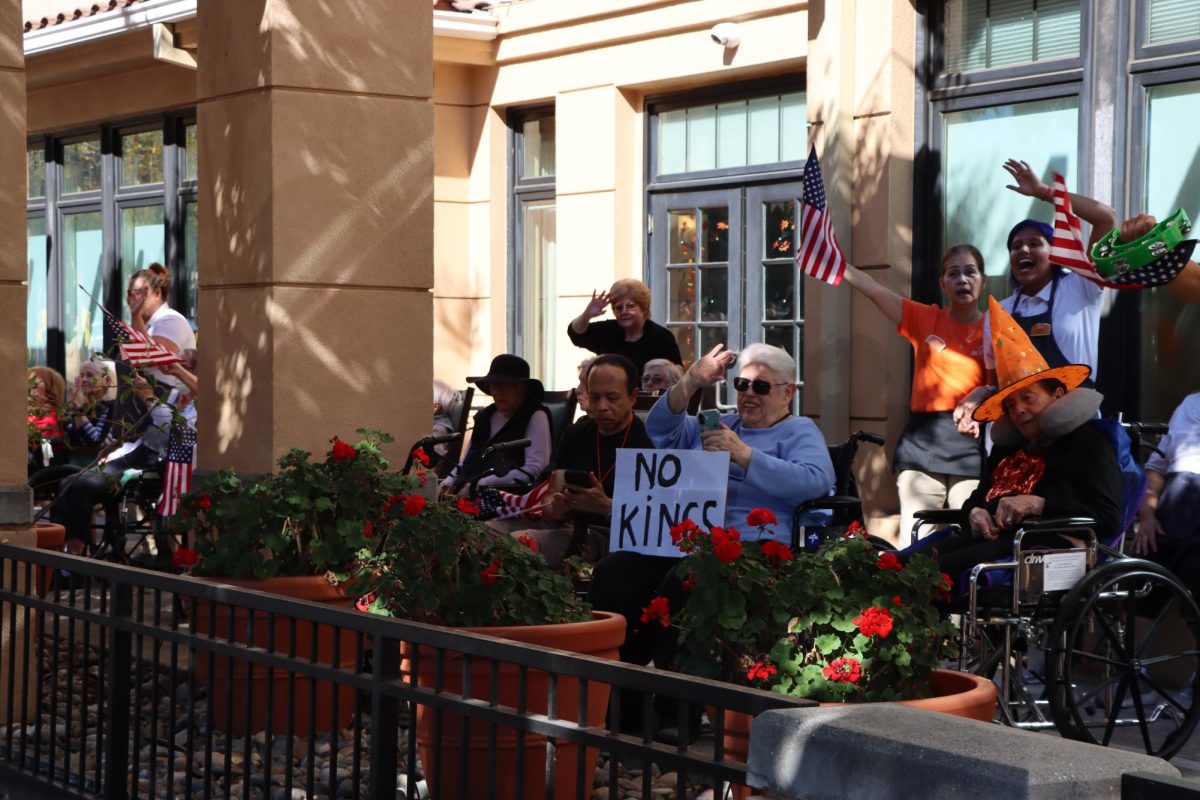
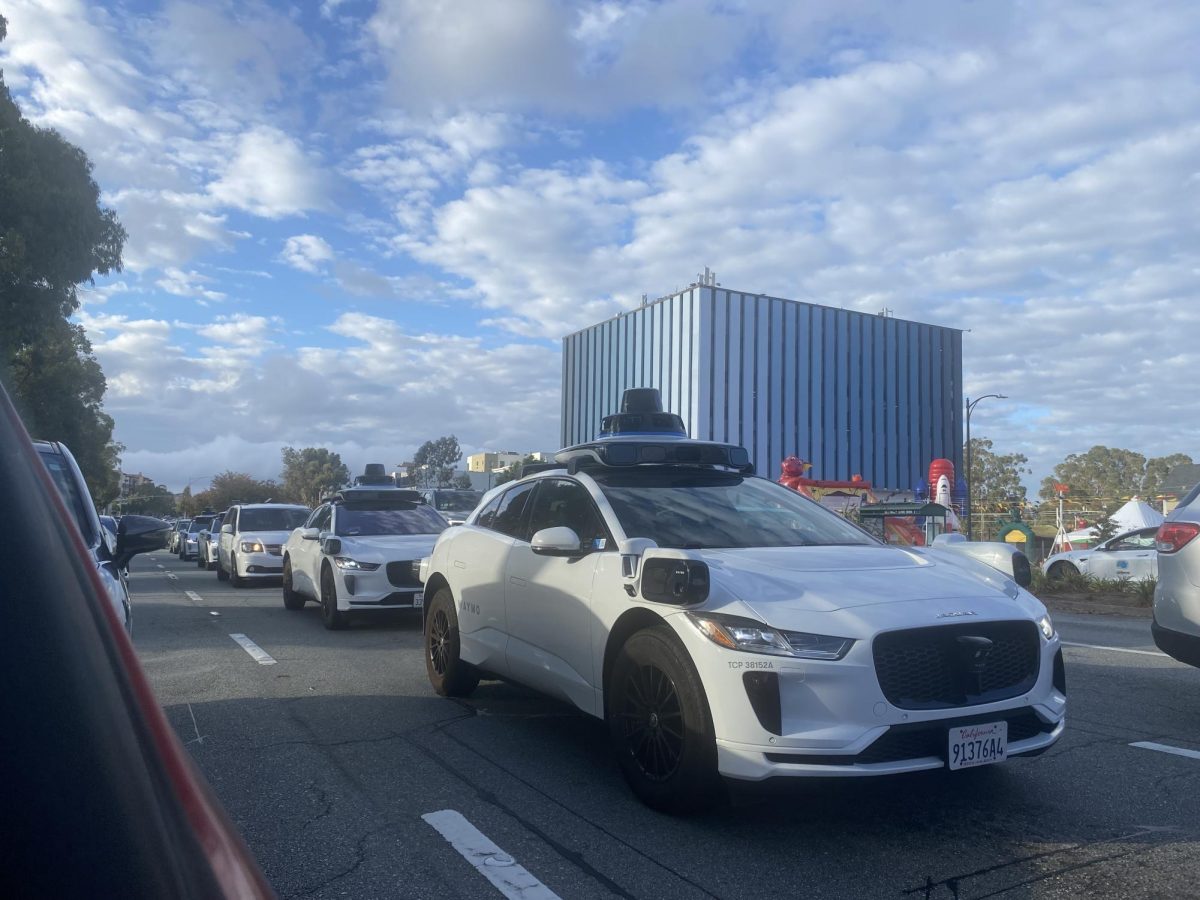
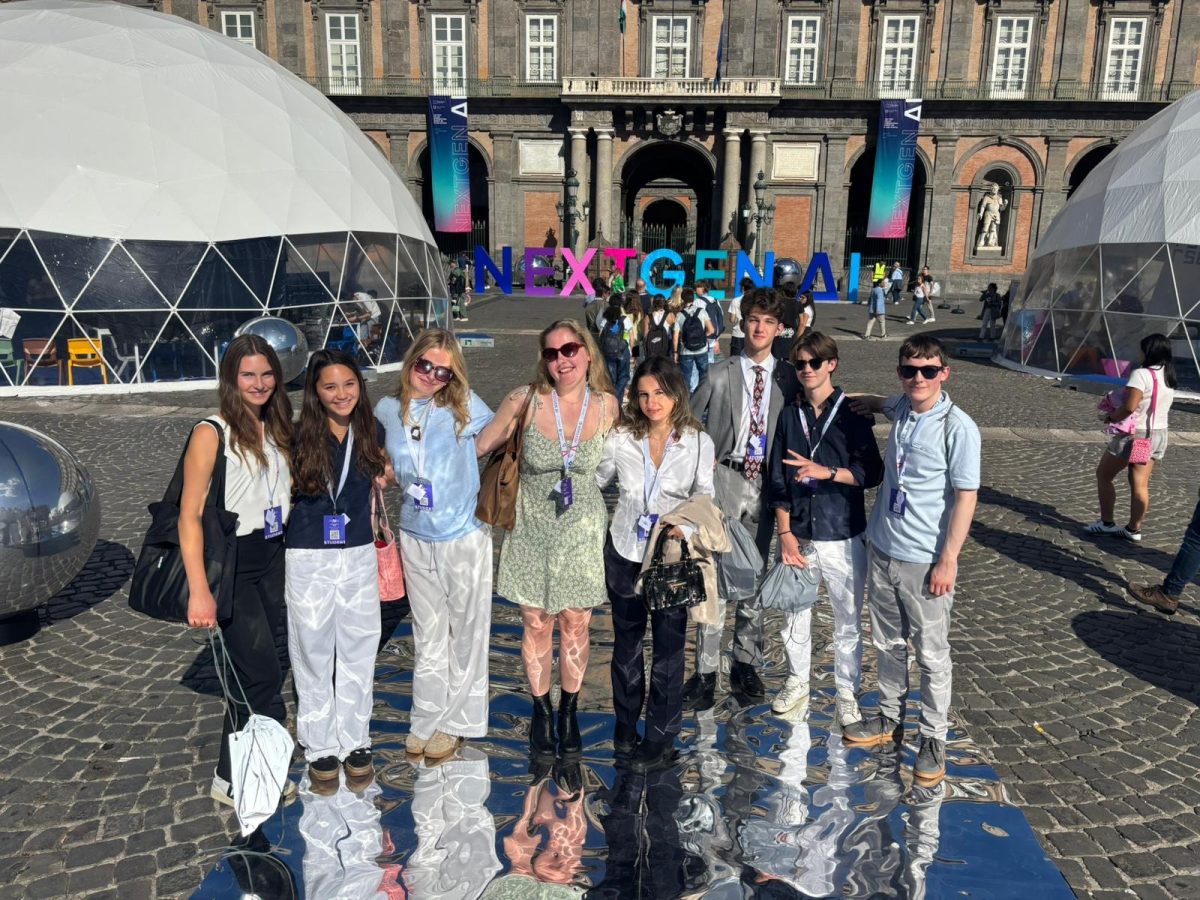

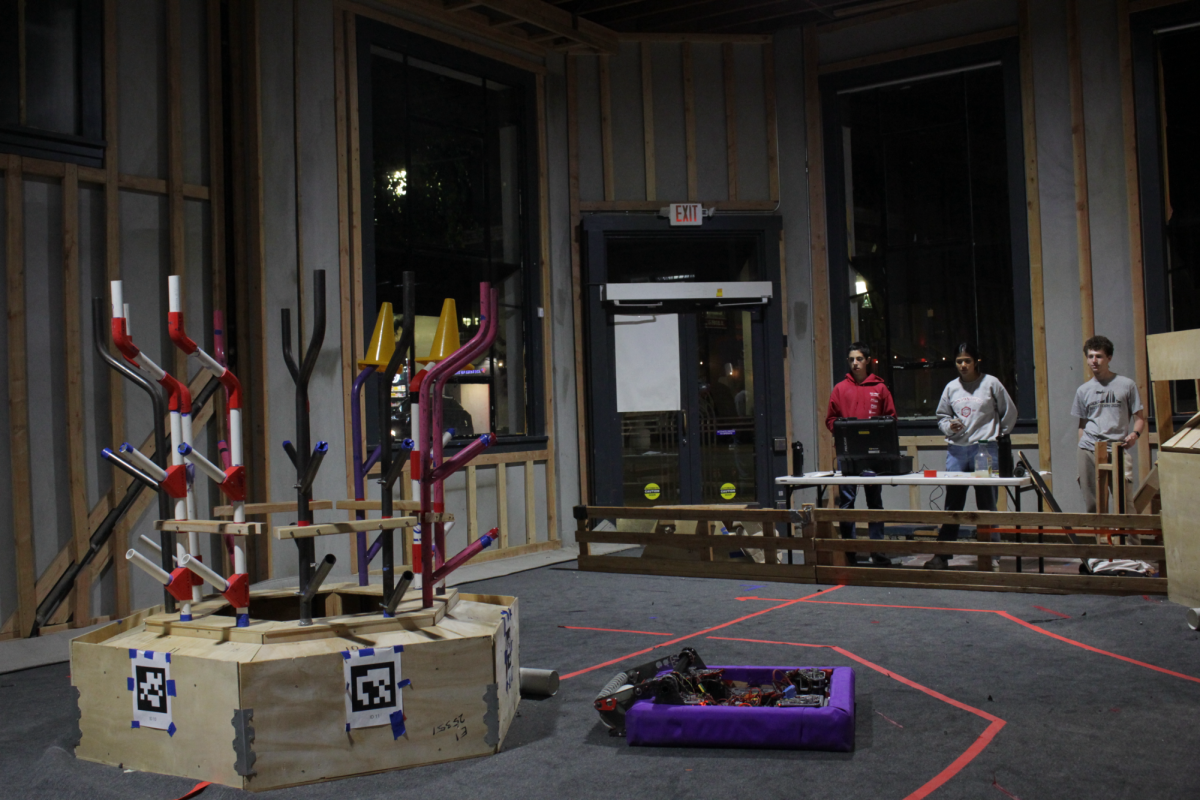
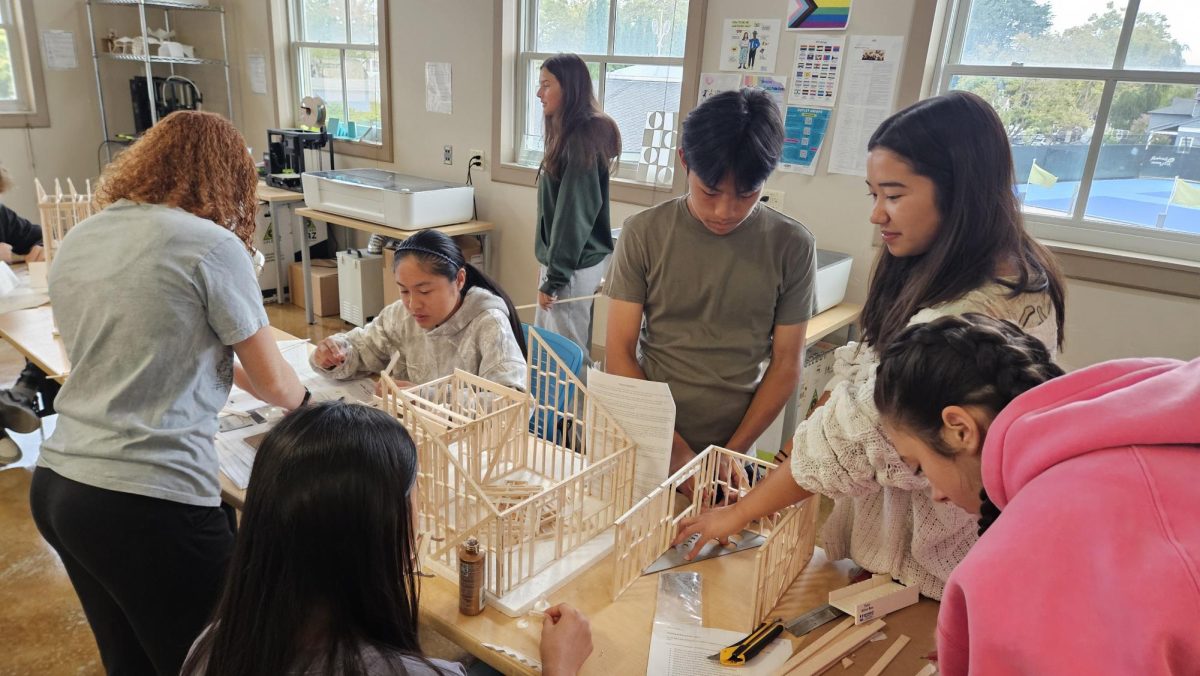
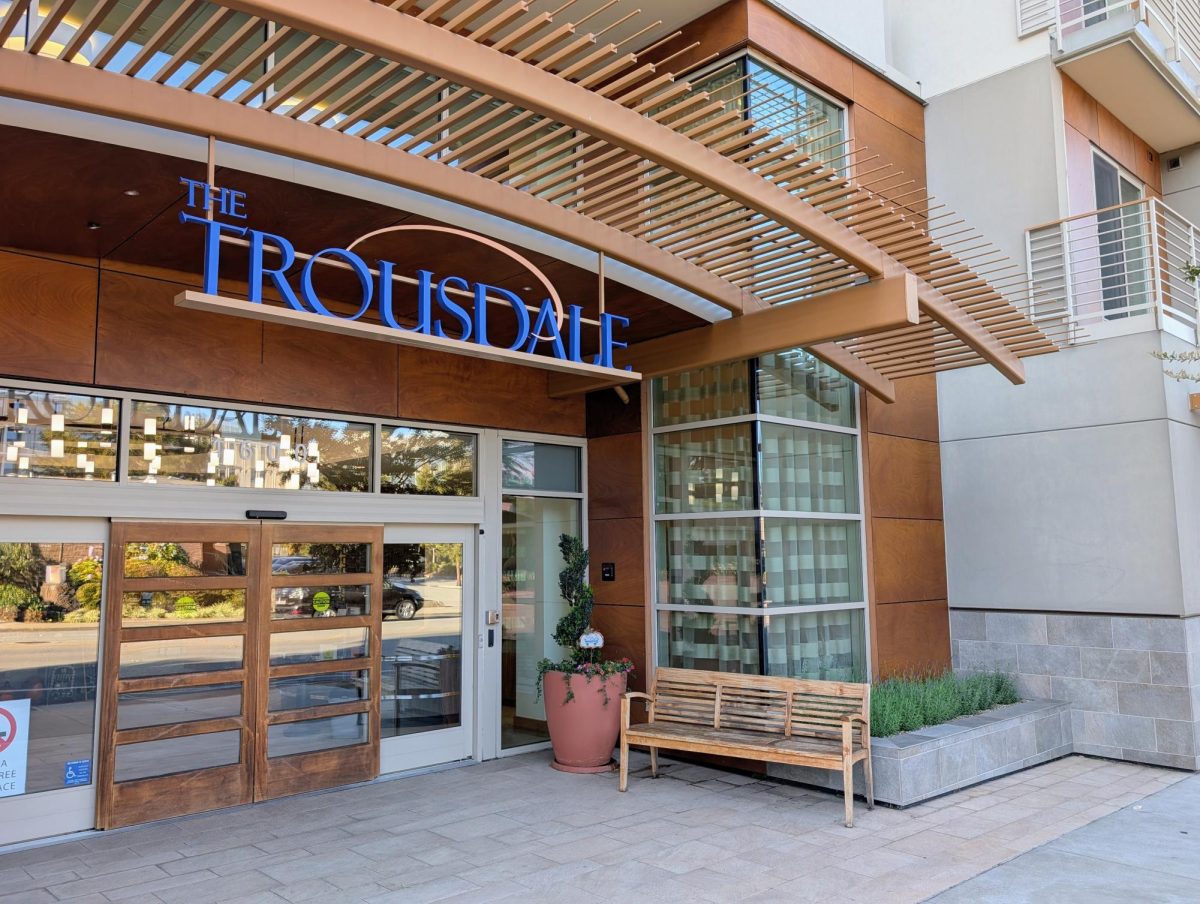
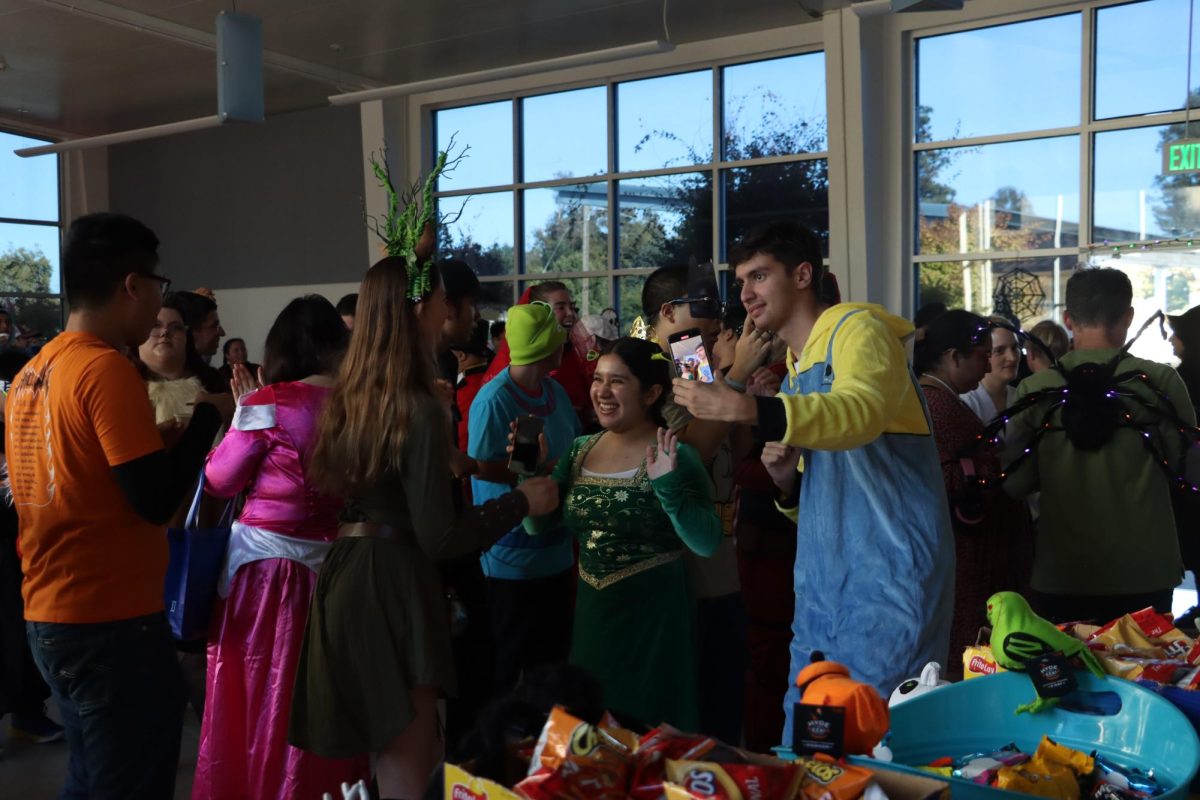
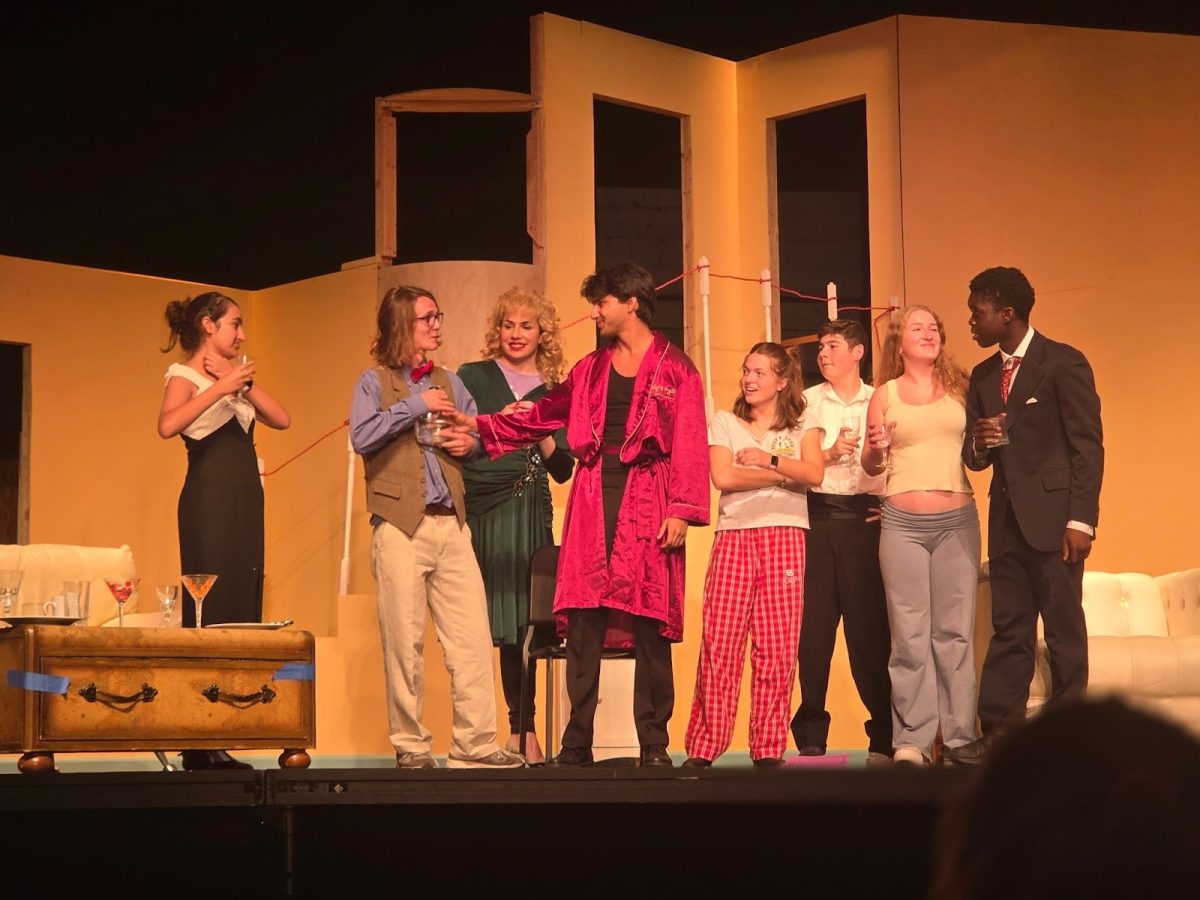
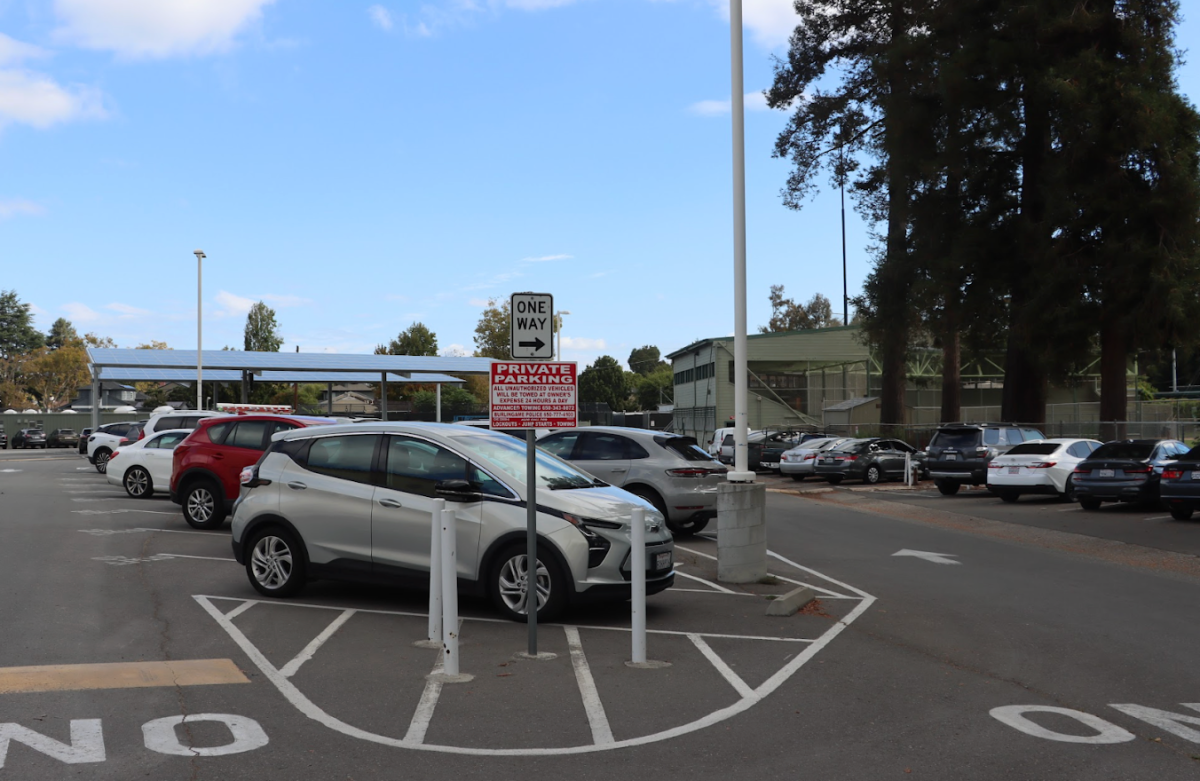
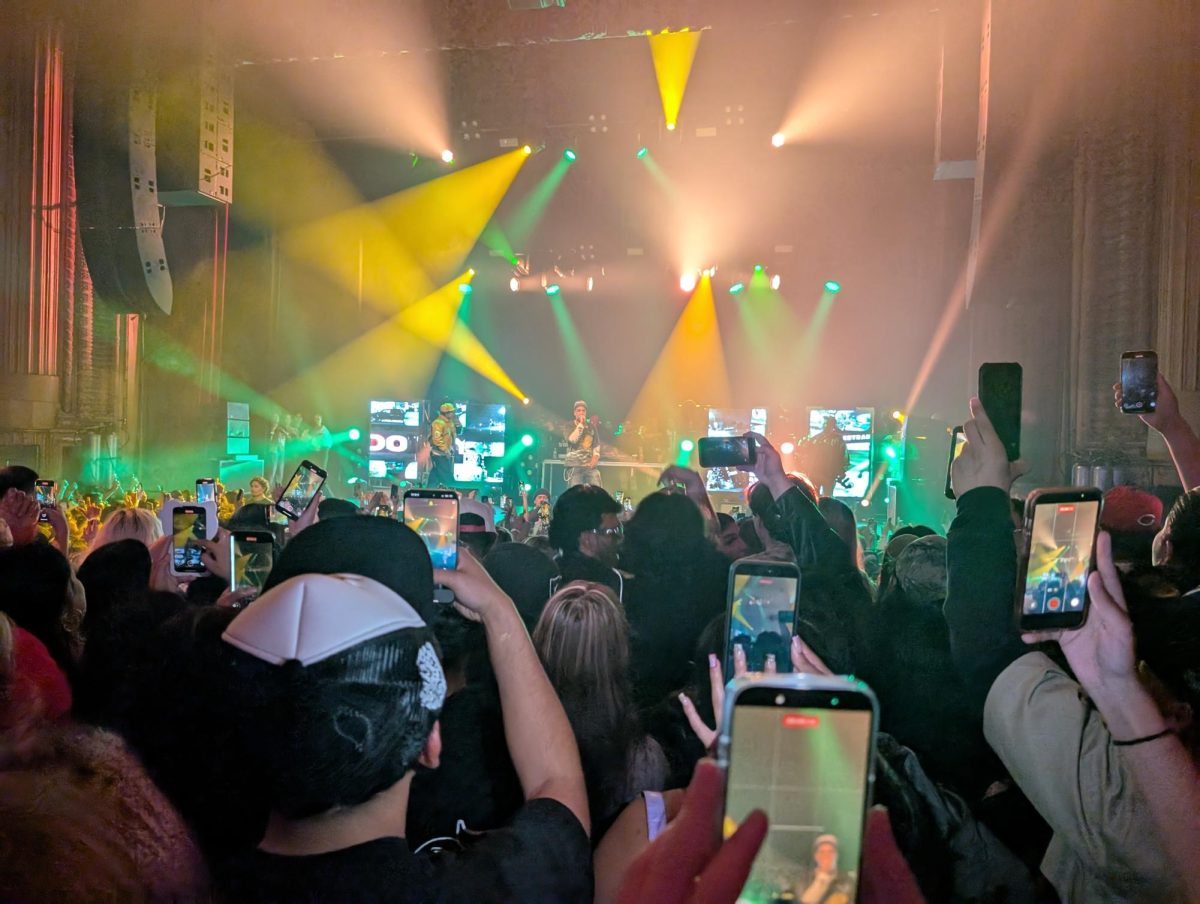
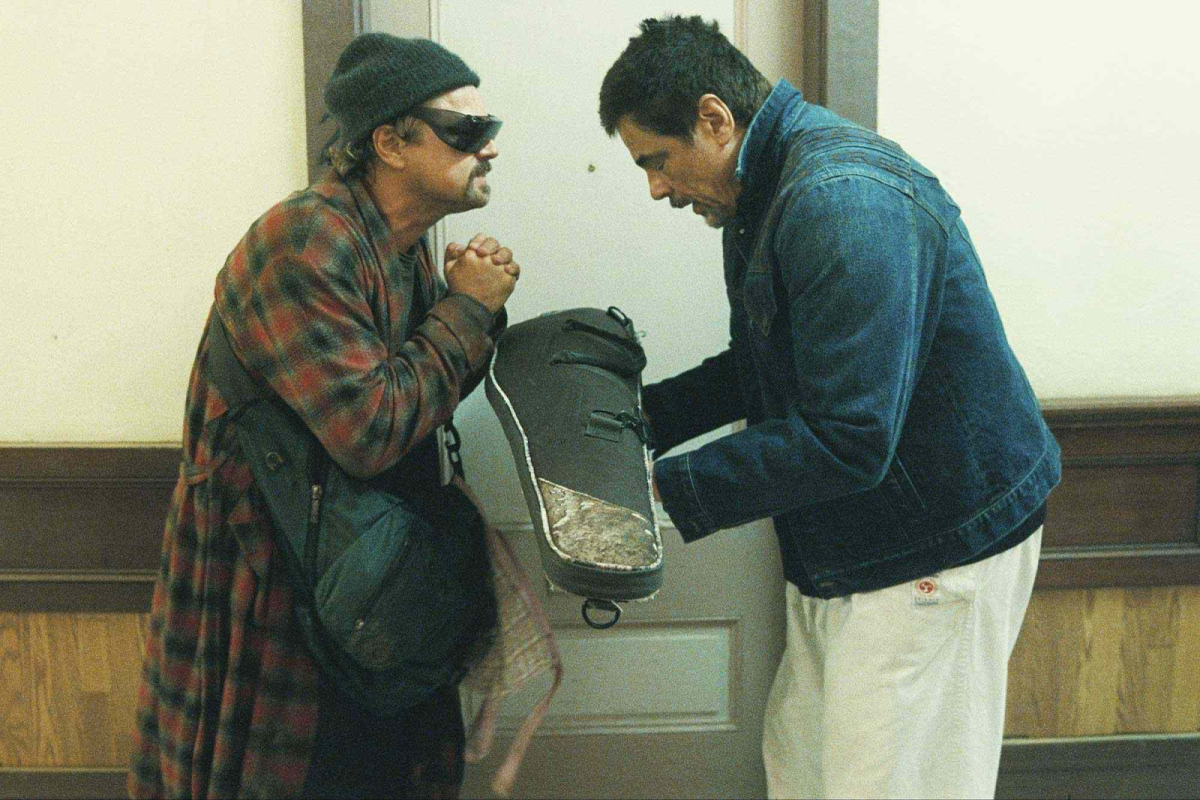

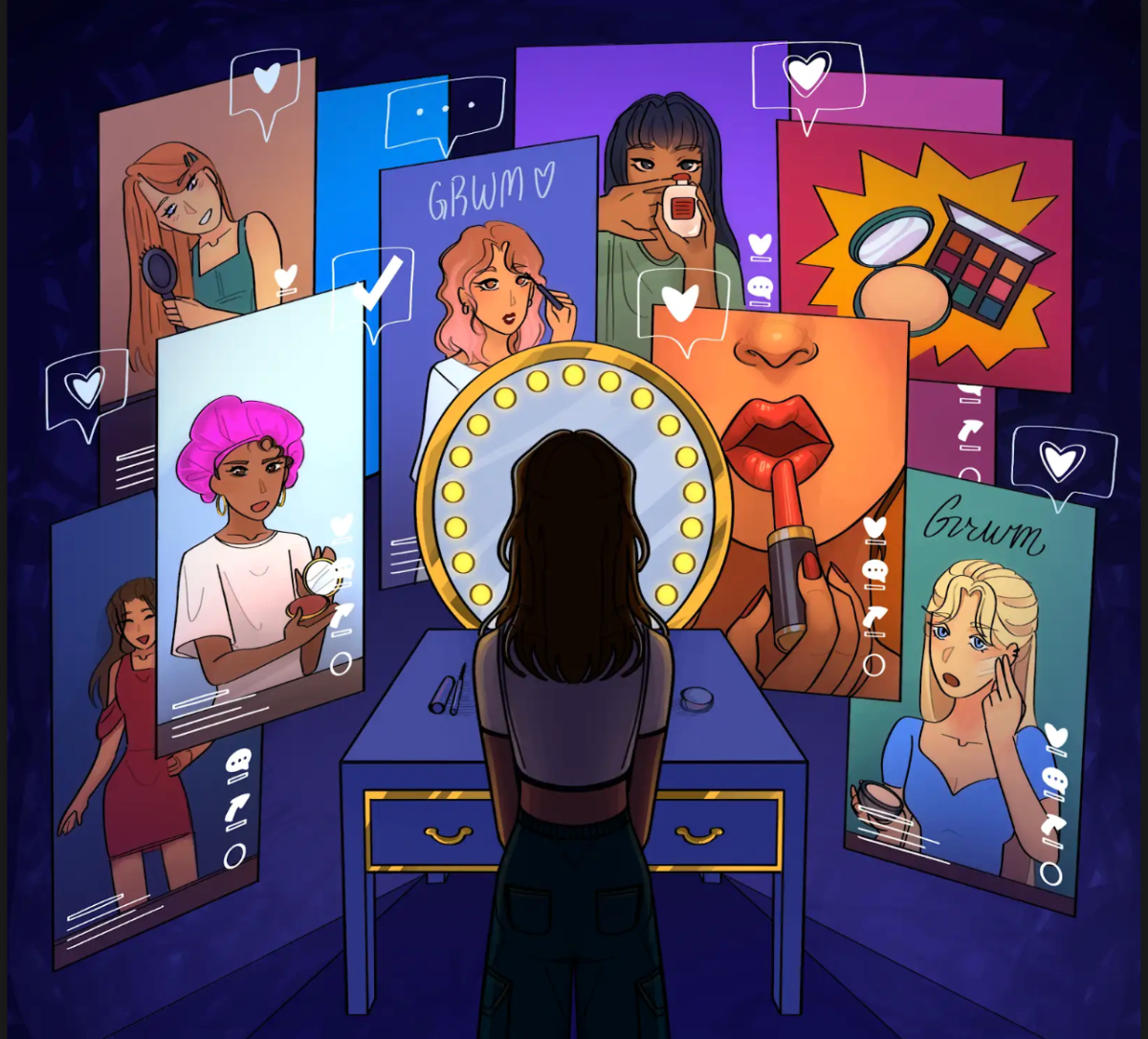
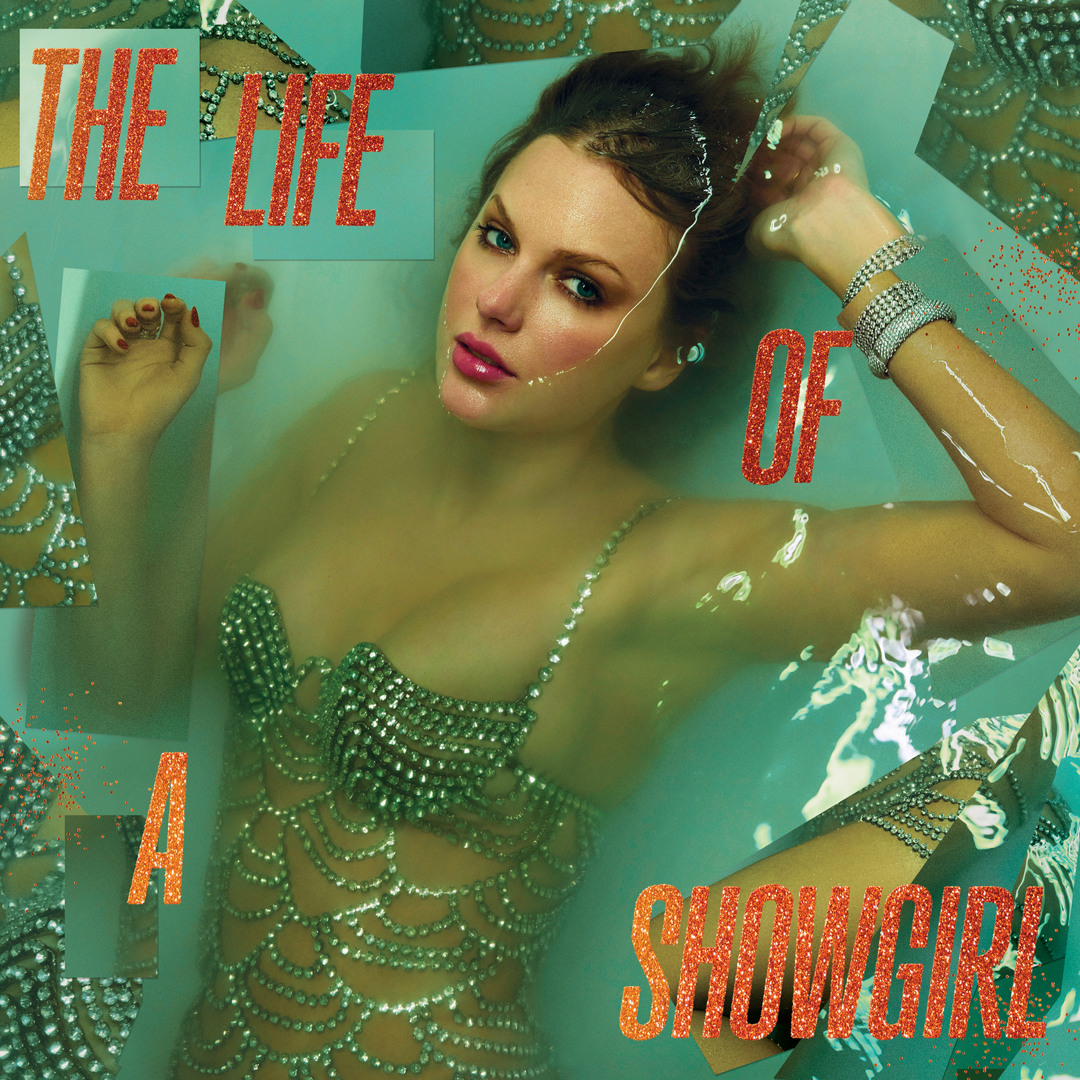
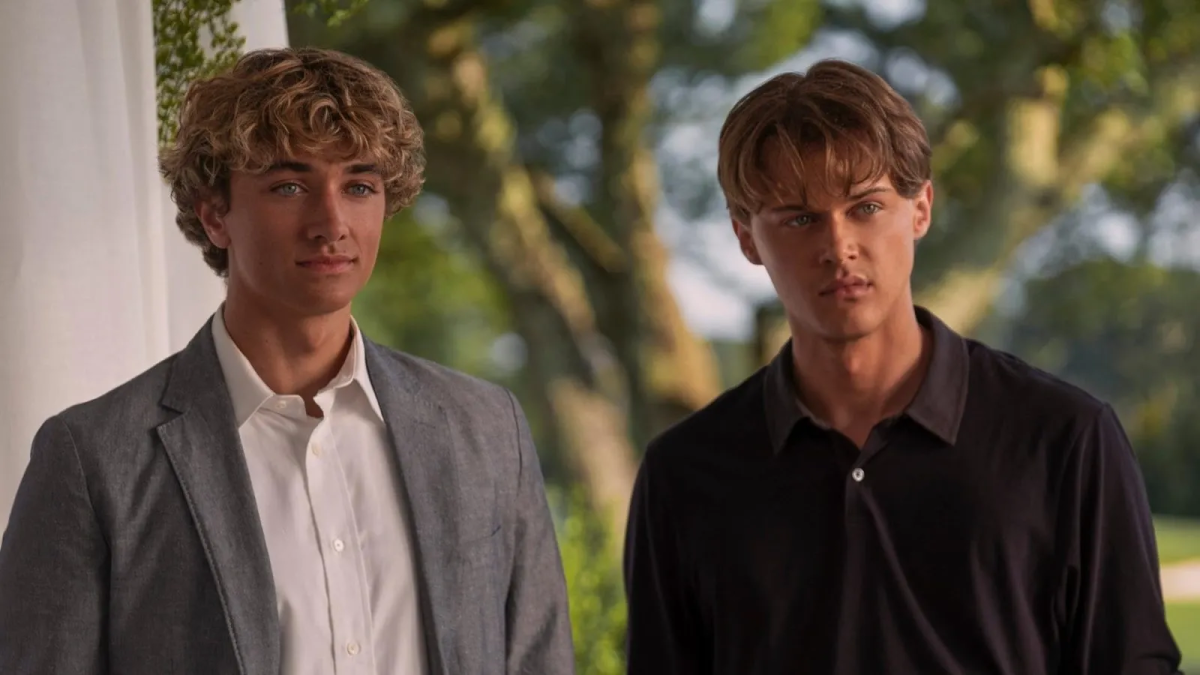
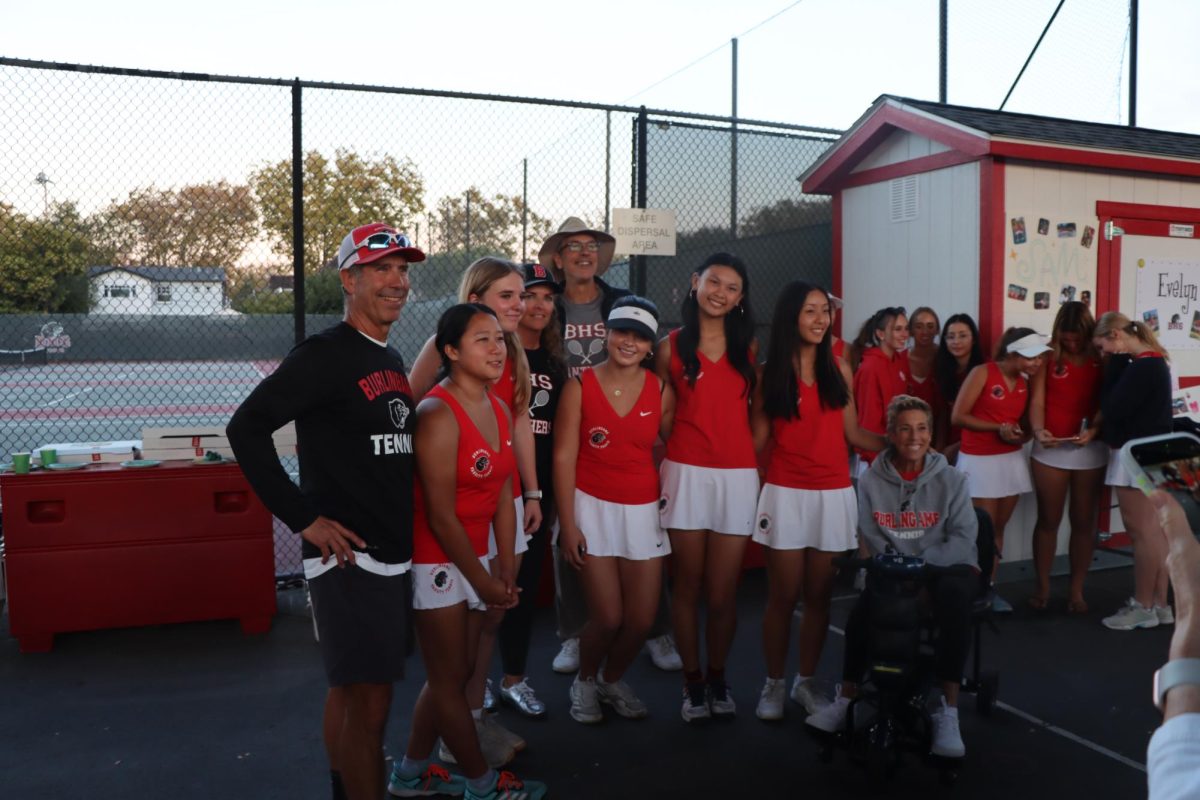
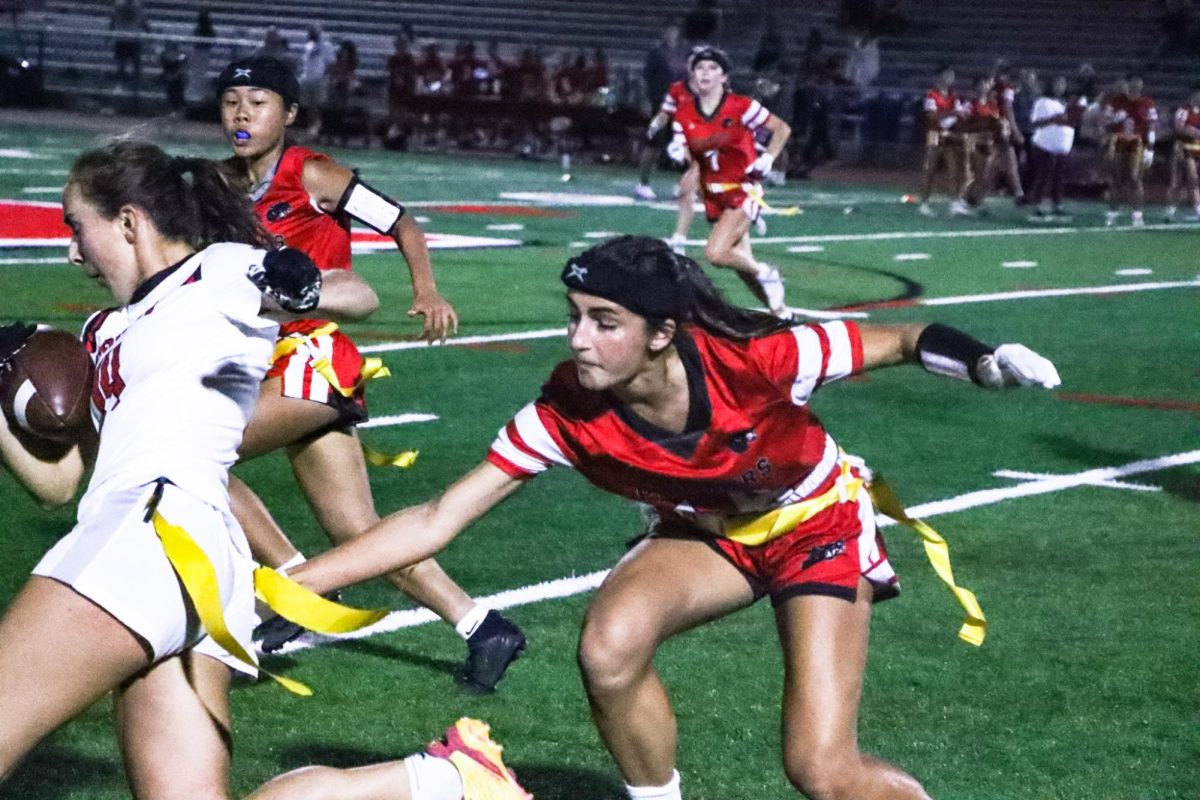
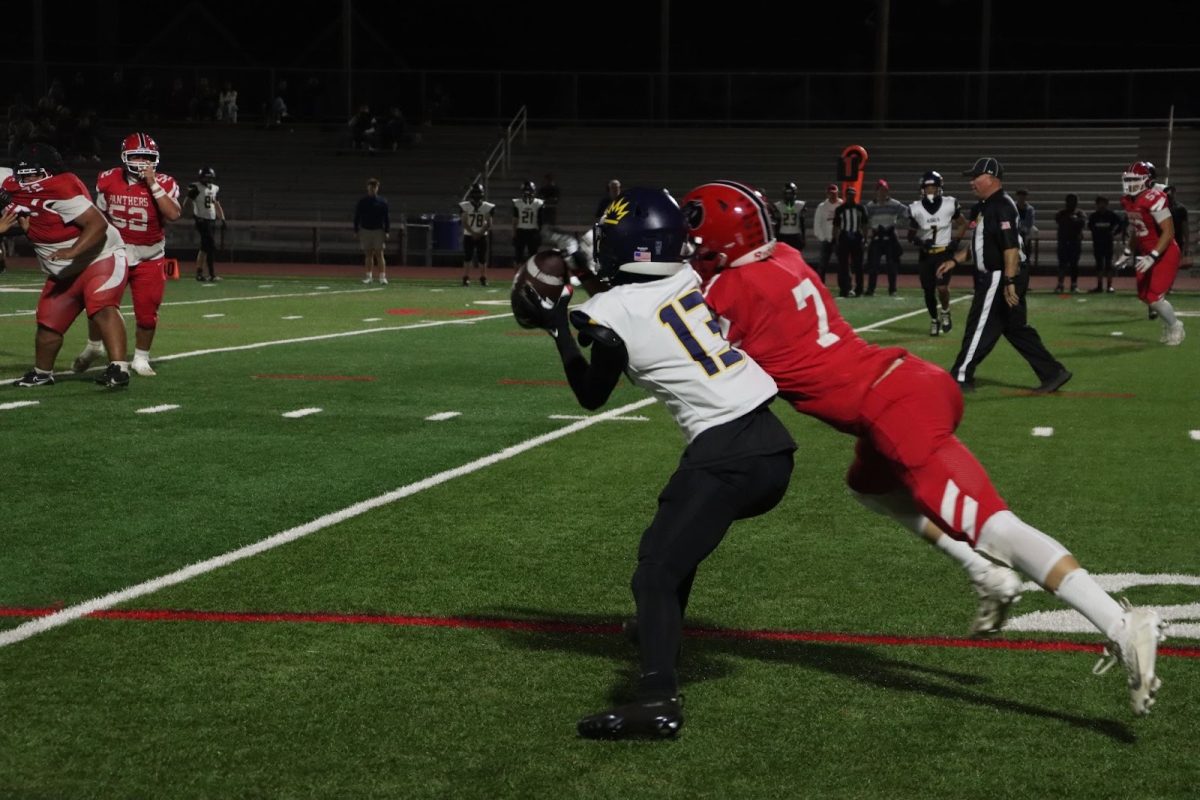
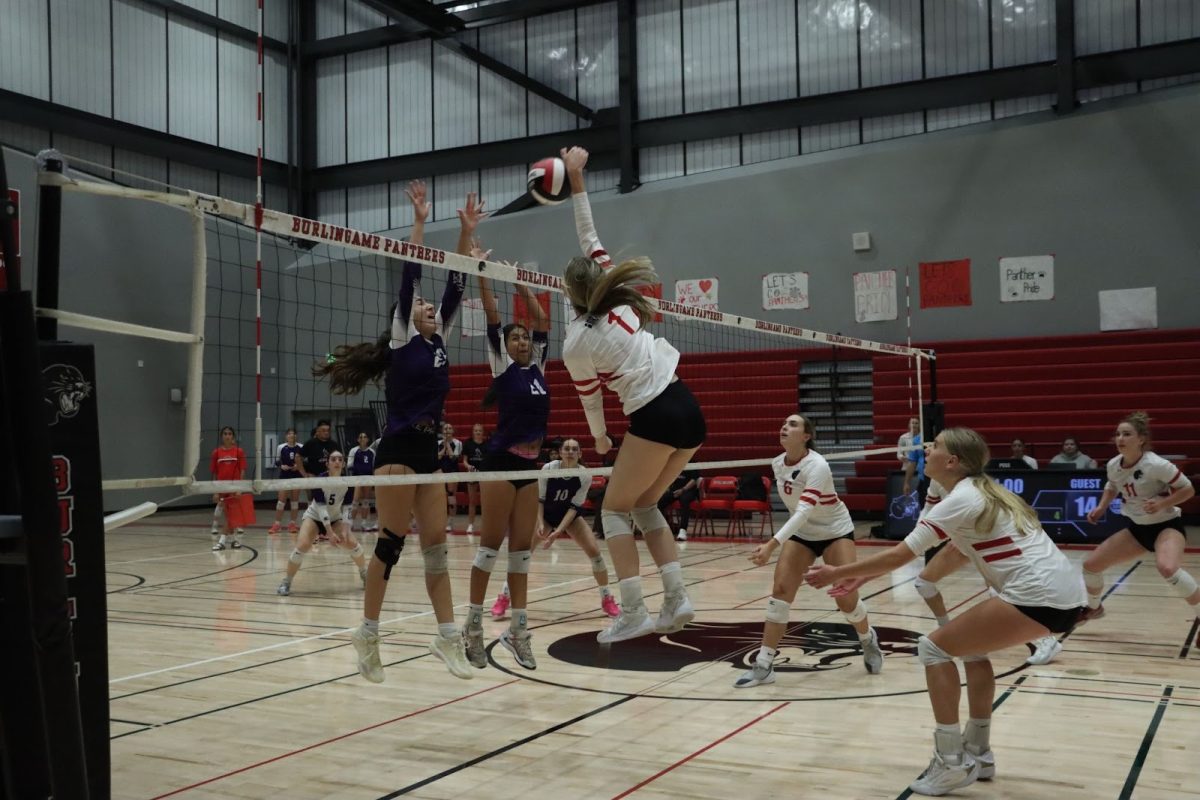
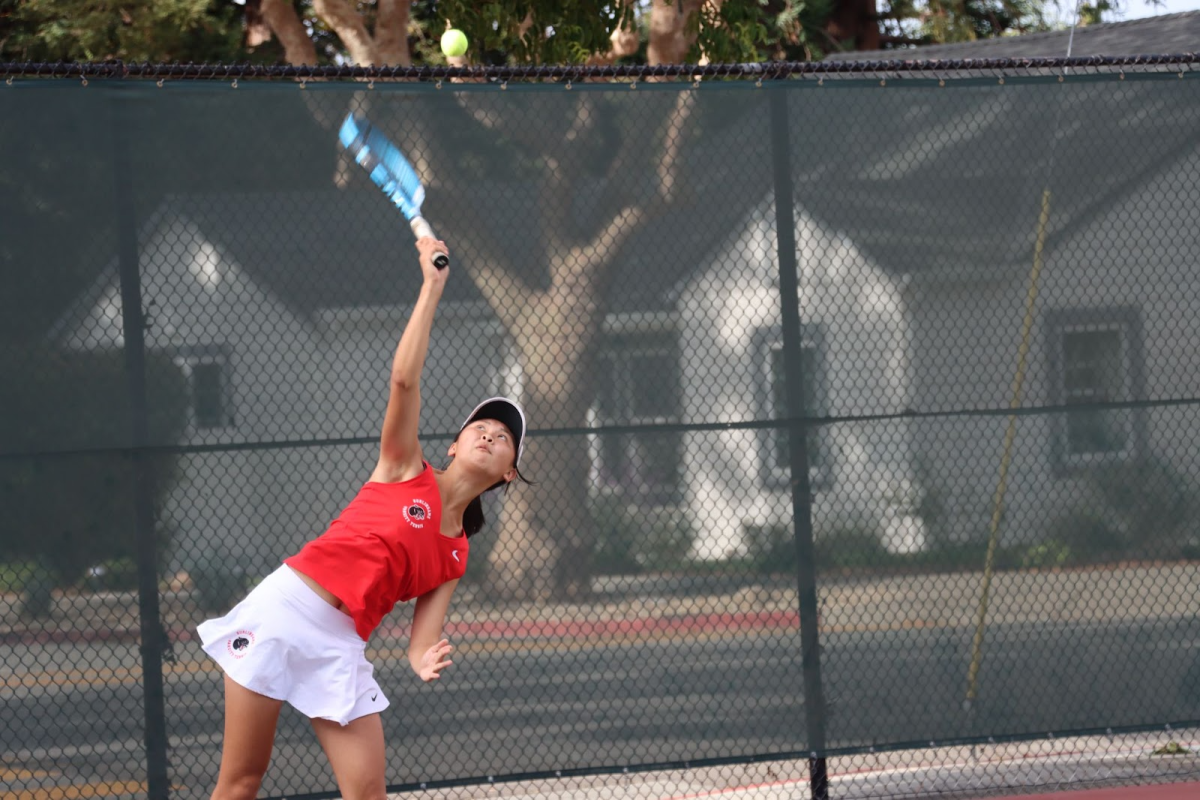
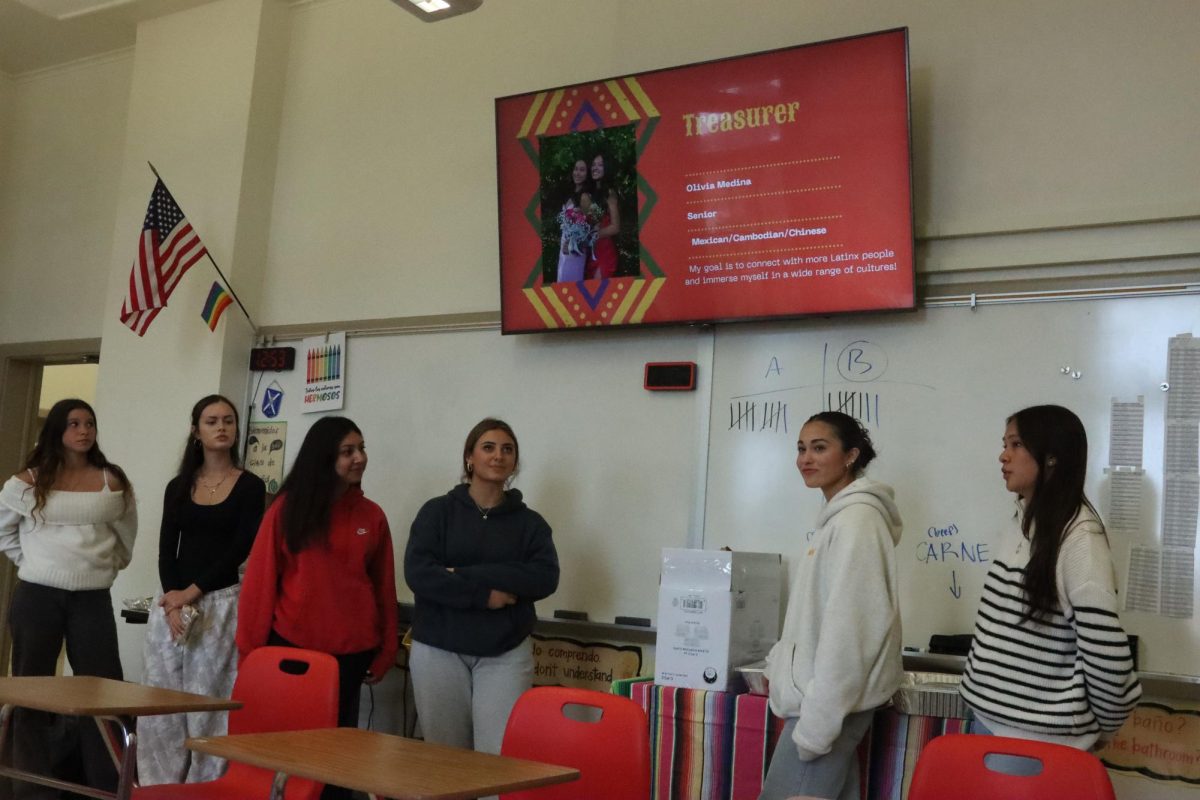
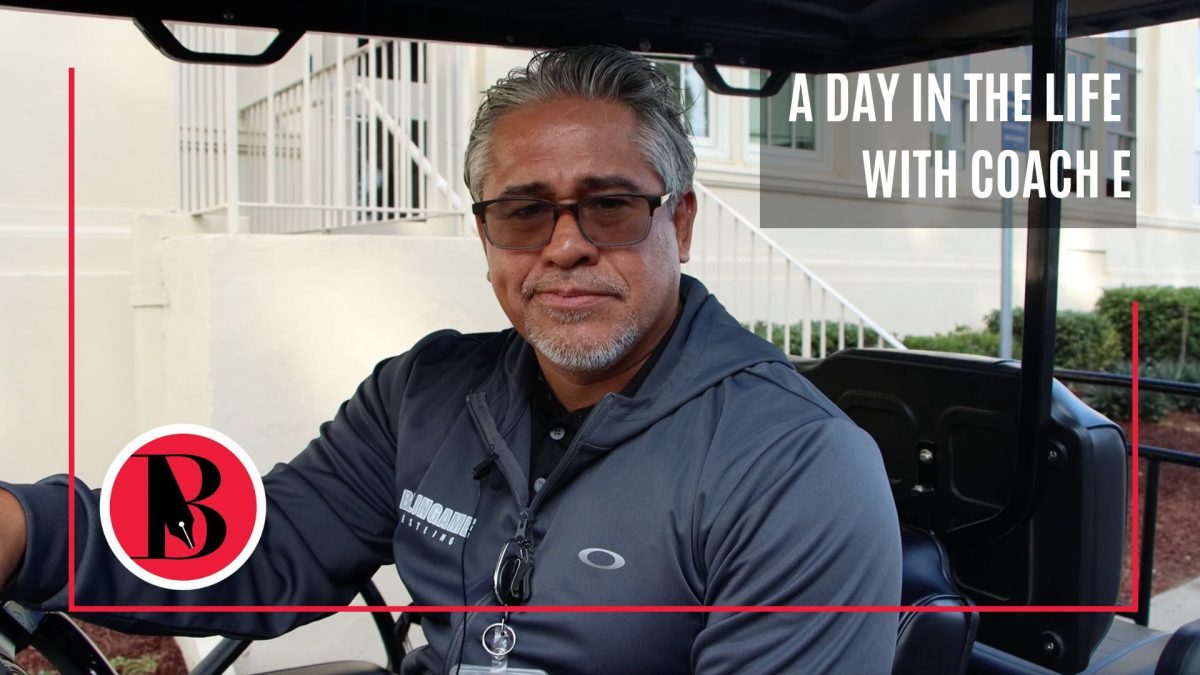

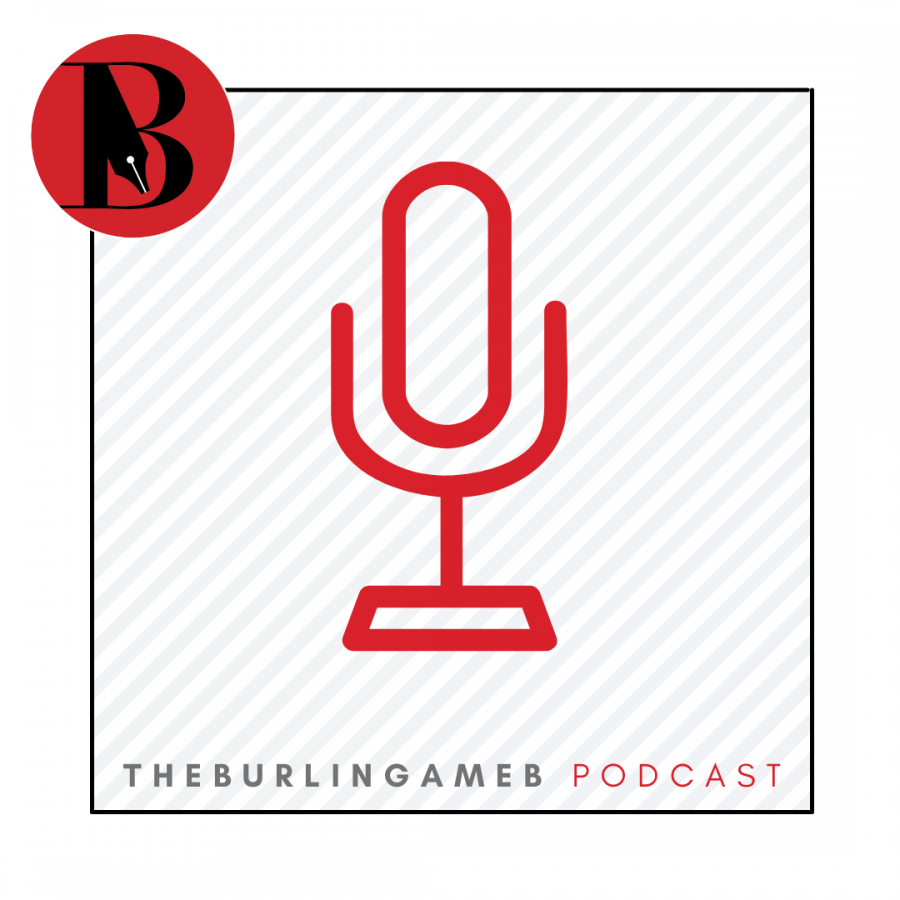




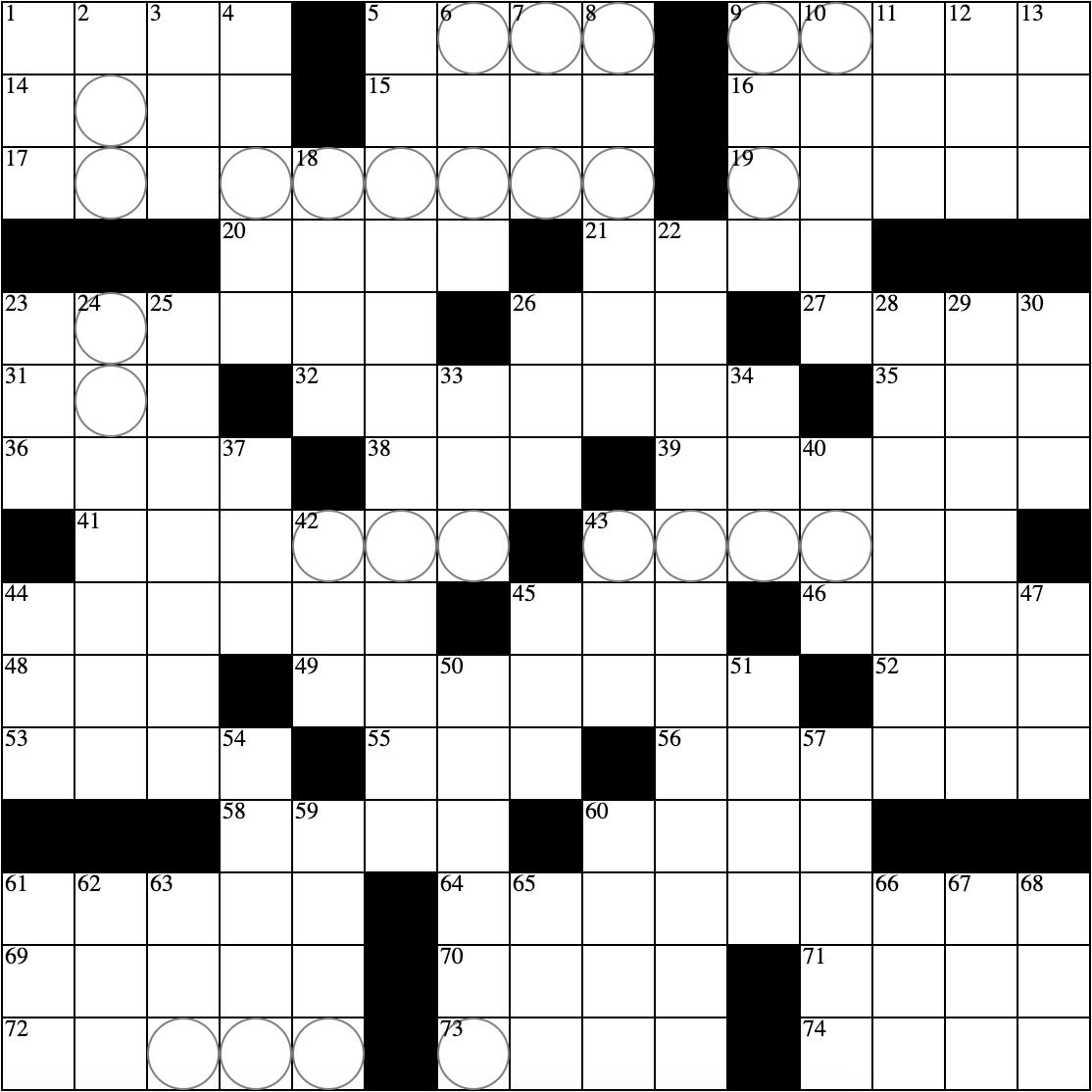


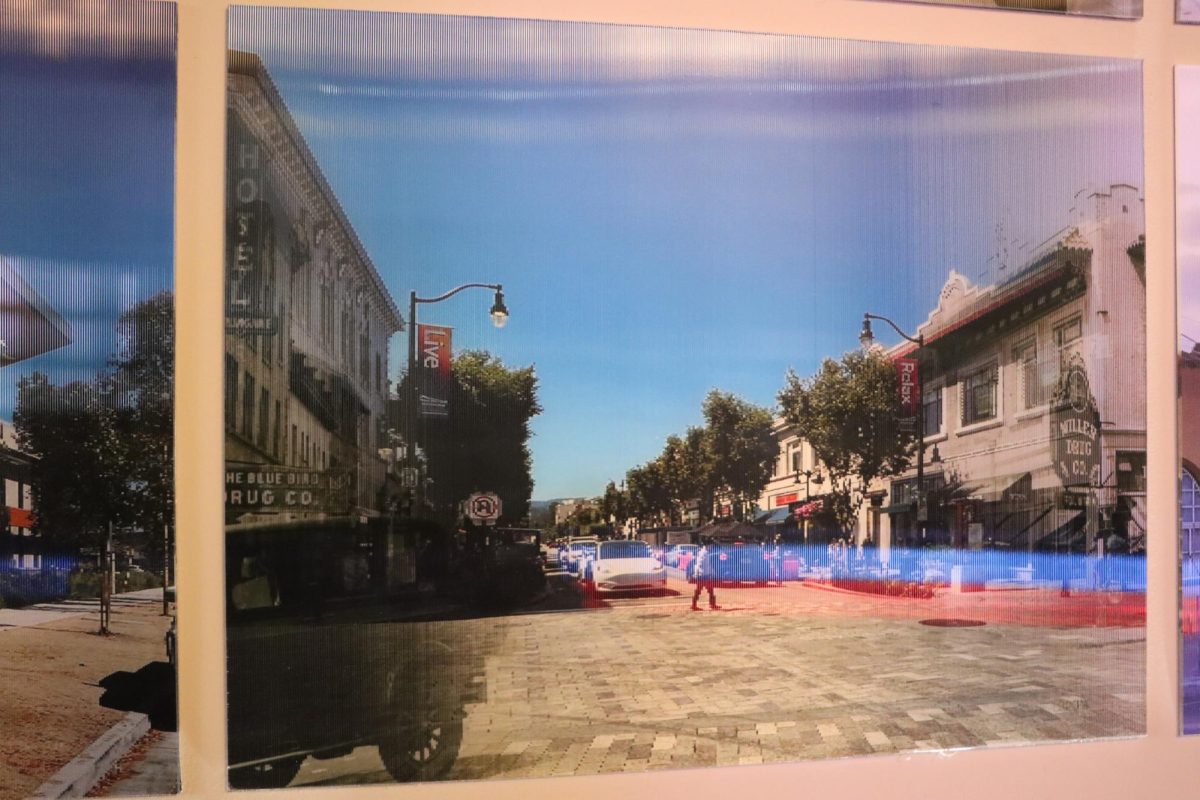
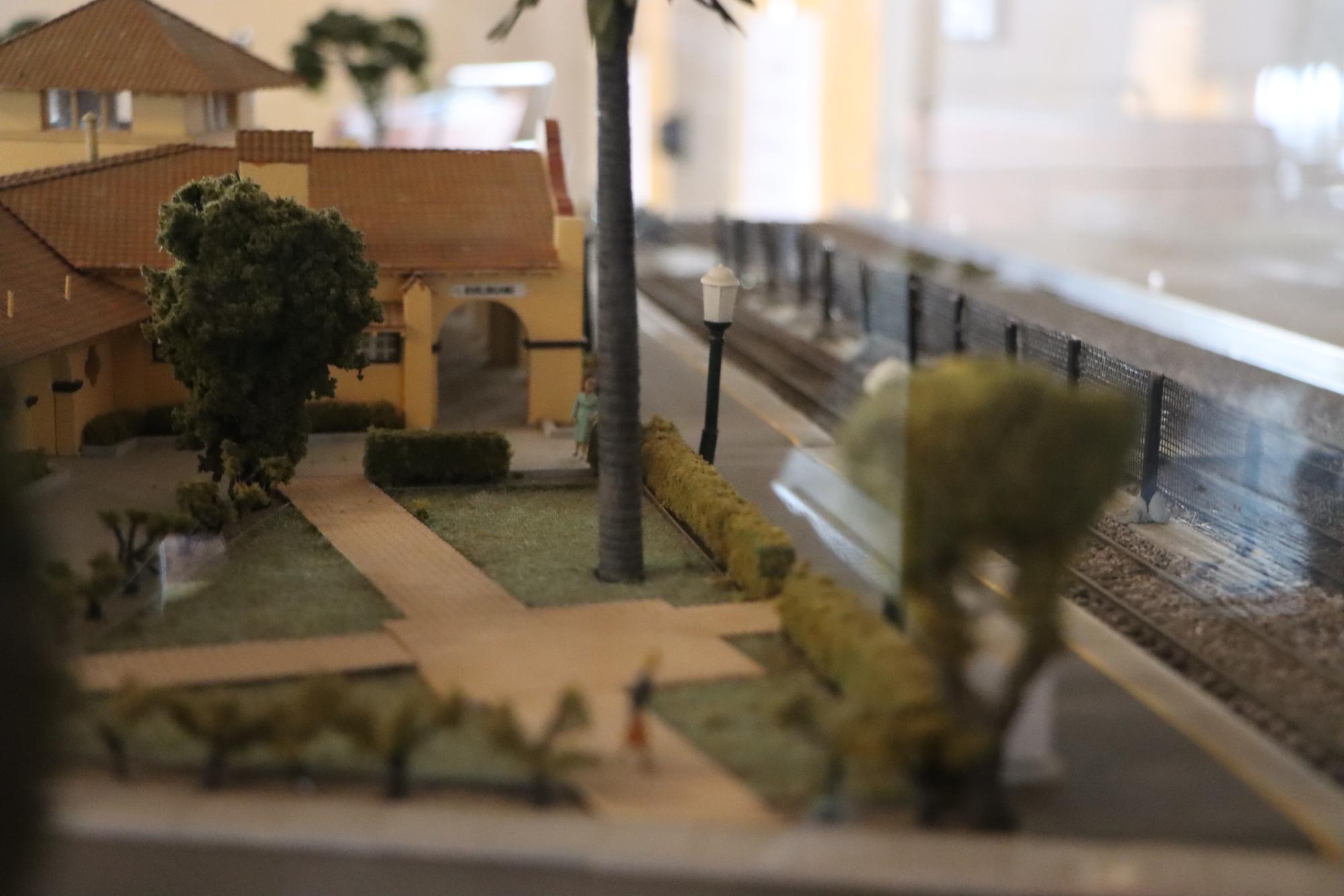
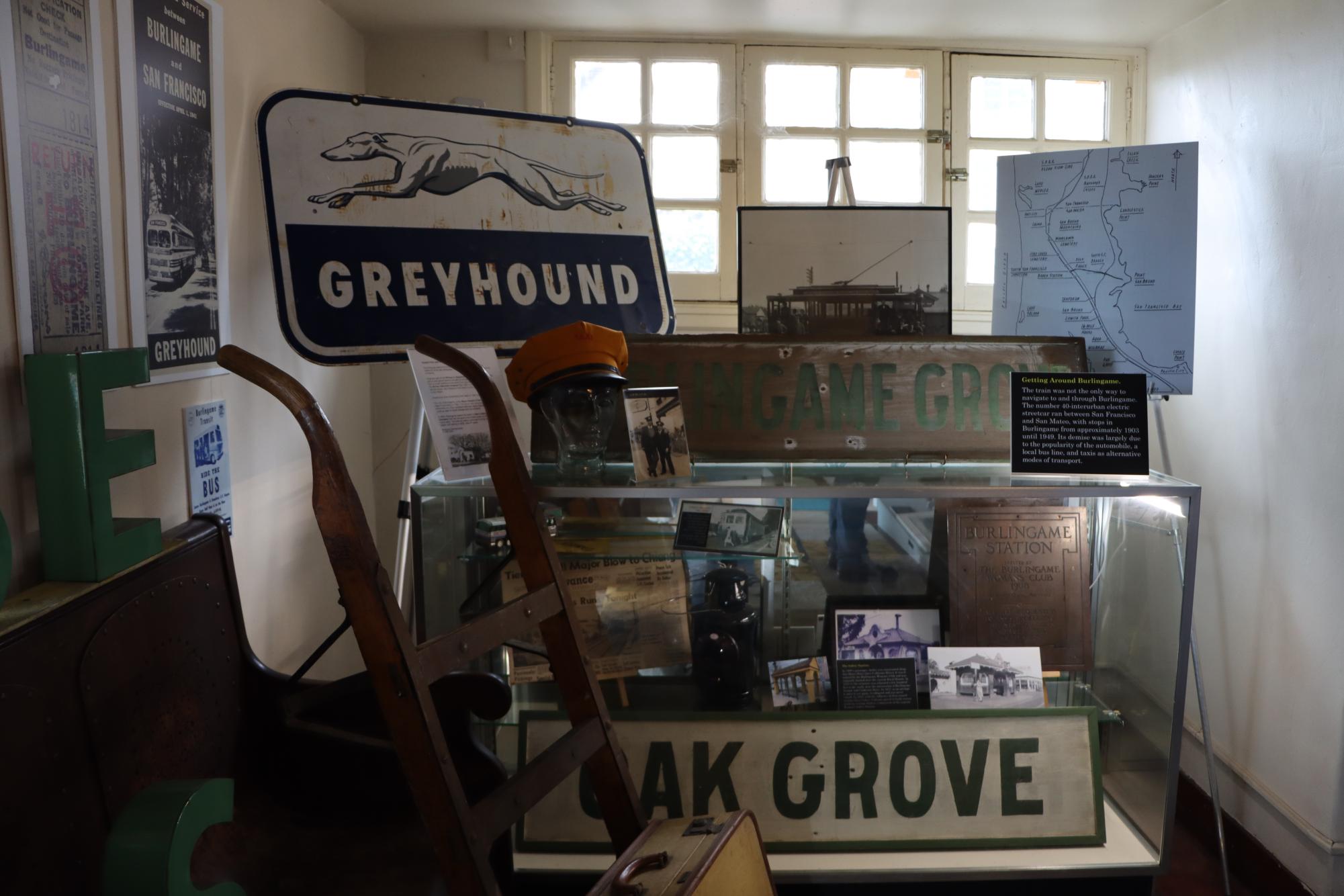
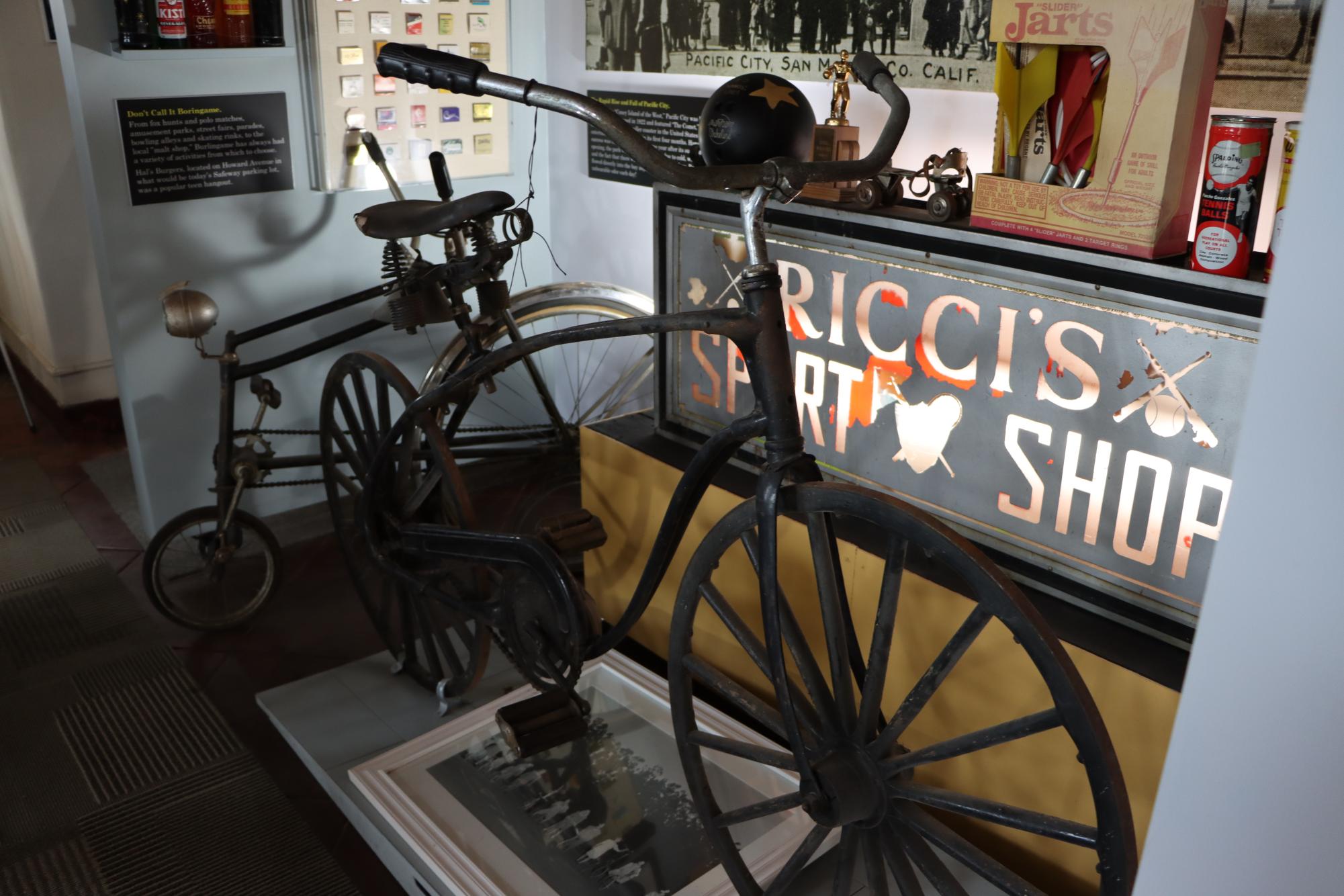
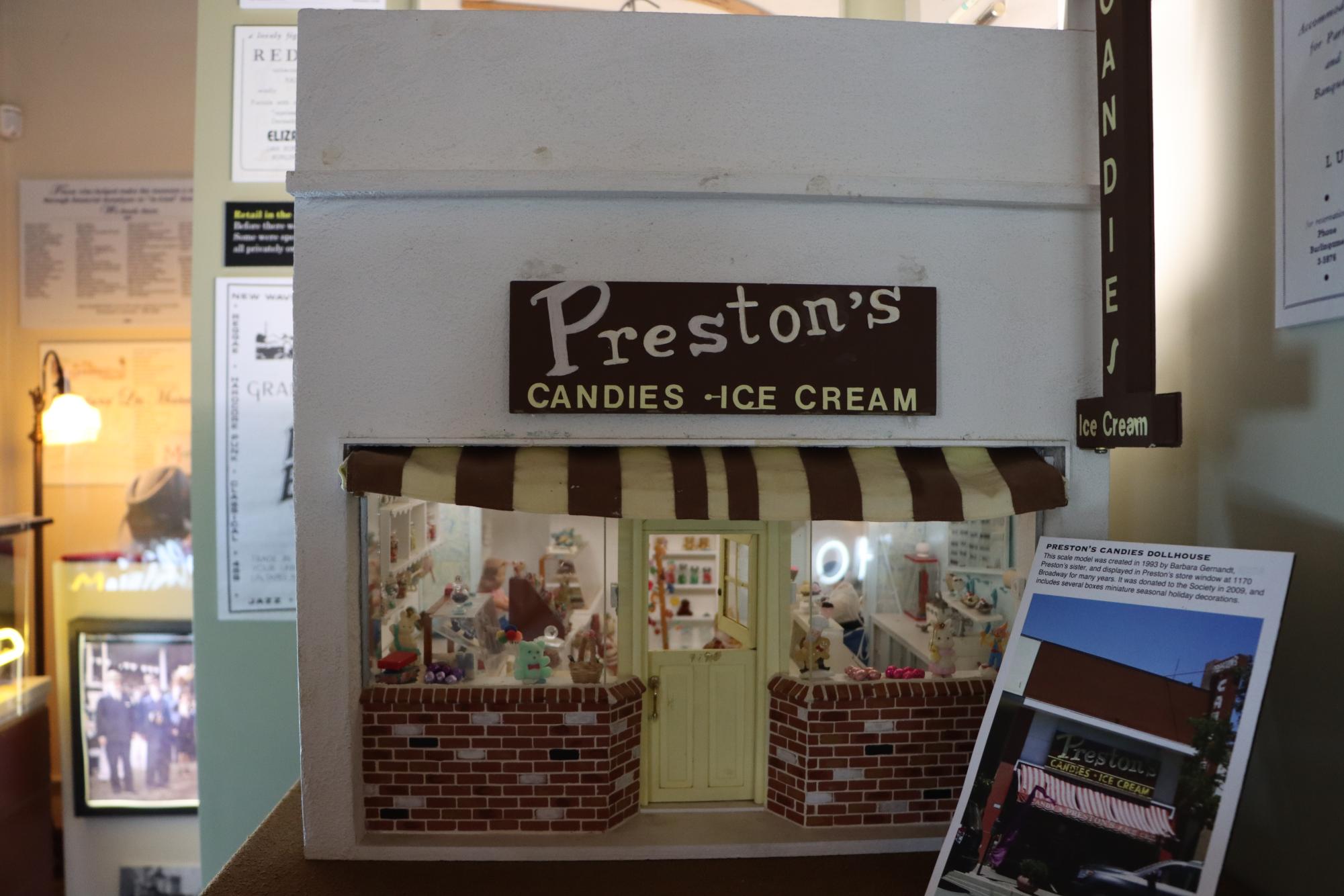
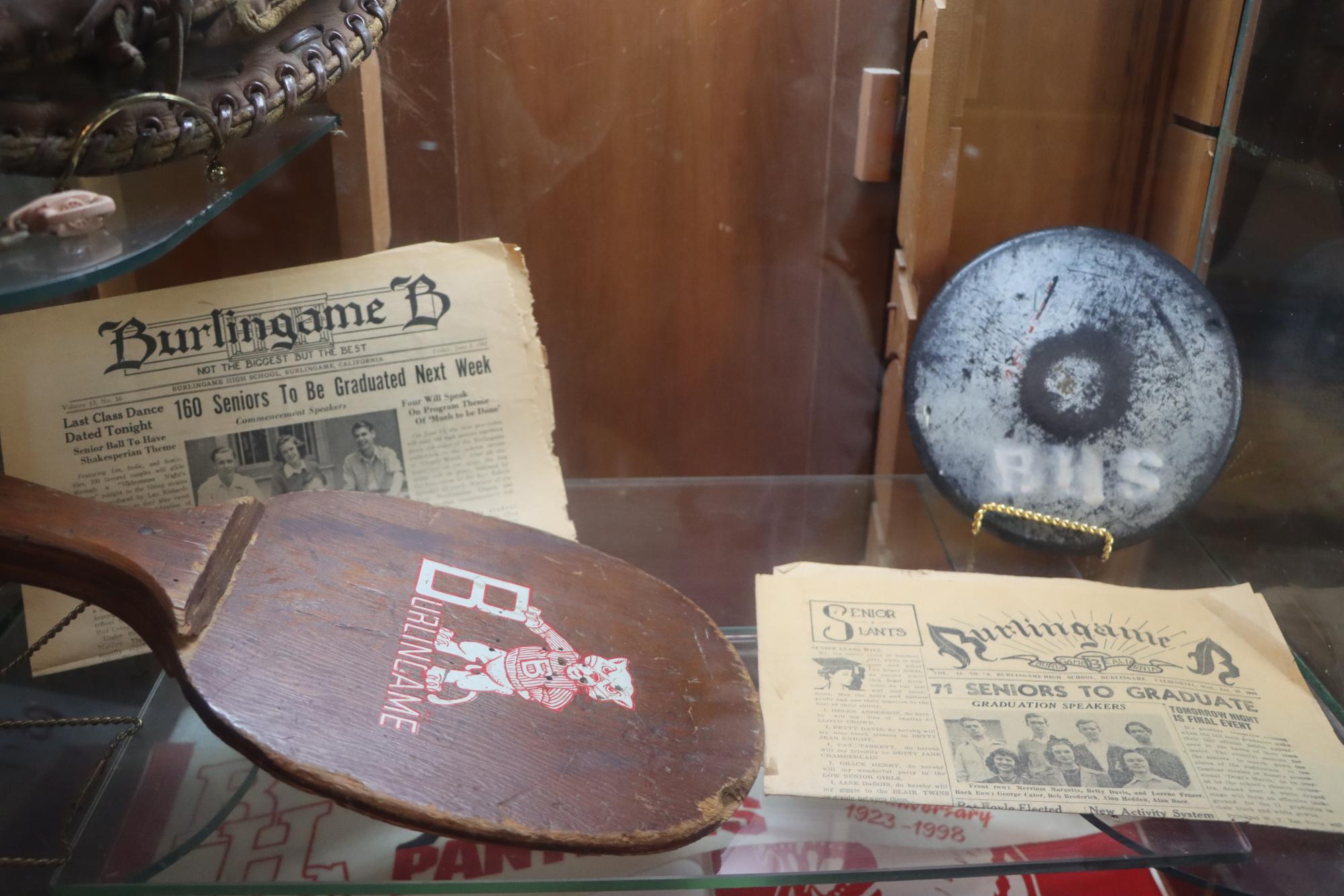
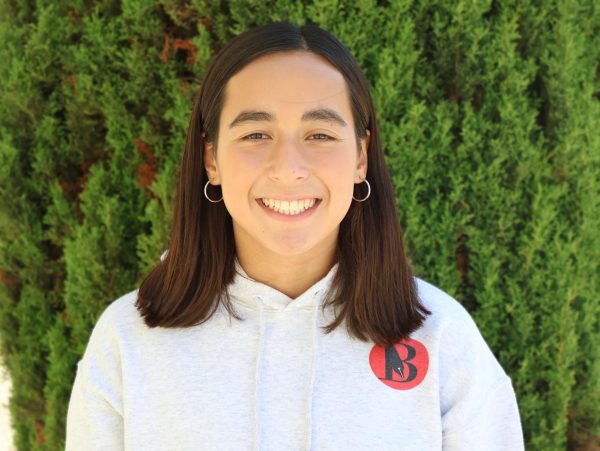
Russ Cohen • Feb 12, 2025 at 2:44 pm
Great article about the museum. Thanks for writing it!!!